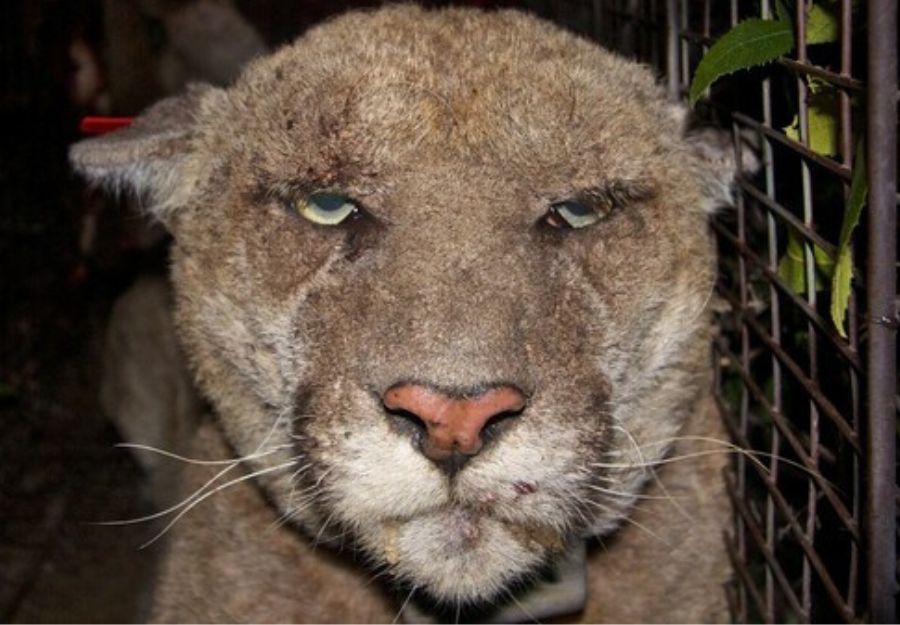Photographer Cooper Graham shares his transformation story — from outdoor enthusiast to all-out conservationist — and the tale of a mountain lion camera trap project that just keeps growing
By Cooper Graham
Whenever I need to escape the hustle of the city, I head to the woods. I leave crowded streets for the embrace of natural serenity. For most of my life, I felt as though nature was for us. Now I know that nature is despite us. Through short-sighted development and misuse, humans have made it difficult for most of the other species that call our planet home to survive alongside us.
I once had an appreciation for nature. Over time, I have become an advocate for nature’s preservation.
With a goal of saving our natural lands and their native inhabitants, I have come to spend an enormous amount of time in the woods to learn from a species that the entire ecosystem relies on – the mountain lion. This incredible species has taught me about so much more than just natural processes, it has connected my very being to these landscapes.
Backstory: Moving from Iowa to California to Everywhere
In 2013, I left my small hometown in Iowa, bound for the Golden State. My love for the outdoors grew stronger as I explored places I’d read about as a kid. I met my wife and we started our family. California became more of a home than Iowa had ever been. However, I still had the spirit to get out and discover new places. In January 2022, my wife took a job that would allow us to pick up and move every few months, enabling us to see more of the country and have the adventures we always talked about. The only catch: my job. I had started a portrait photography business in San Diego, but now I was starting fresh every three months. As the tedious process of finding clients and paying gigs drudged on, I spent my free time exploring the beautiful wilderness of the Cascades outside of Seattle. I never left the house without my camera and I photographed everything in sight – the lush landscapes, the array of wild animals and even passing hikers, when they were willing. I began to consider shifting my focus from people to nature.
Shifting from People to Nature
My first foray into conservation photography played on both my passion for animals and portrait photography. A friend of mine who had been working with the Judith A. Bassett Canid Education and Conservation Center asked me to fill in for her due to a scheduling issue and I jumped at the opportunity. One key focus of this center, which houses a range of canids, is rescuing fur farm foxes from the brutal trade. To help raise money for the expense of running this non-profit, they offer photography sessions with some of their more mellow domesticated foxes. I immediately fell in love with these rescues and the amazing people that run the center, and I enjoy helping them reach their goals.
As I focused on nature and animal photography, I started to see this world differently. Earth does not exist for us, but our existence is dependent on earth. It brings us life and even has a way of finding purpose in death. I sensed that our poetic relationship with it was collectively fading and I could see a disconnect with humans and the wild landscapes we once relied on directly. Growing up in Iowa, I saw how little remained of the native forest and prairies that once reached from one side of the state to the other. Agricultural use has left little room for wild animals. Mountain lions once lived throughout Iowa, but now you will only hear stories of sightings very rarely and those stories almost always end with the killing of the animal. People have become afraid of having this animal in what they perceive as “their” home. I had an opposite reaction. I dreamed of seeing one of these large cats in the wild. They became one of my favorite species of all time, while living in a place that no longer accepted or allowed their presence.
My Passion Project
I was hiking around Lake Hodges with a friend on an early April morning, when, almost immediately after stepping onto the dirt trail, we saw the distinctive m-shaped track of a mountain lion. As this was the first time I had come across a definitive sign of my beloved mountain lions, I was ecstatic.
In this moment, I realized that my next photography project would be about mountain lions. What I didn’t foresee then was how my idea for a photography project would completely consume me and morph into an extensive research project, but here we are.
 For the first steps into my project, I headed to Lake Hodges with one trail camera and a simple plan: I would leave the camera near signs of a lion and hope the big cat would return.
For the first steps into my project, I headed to Lake Hodges with one trail camera and a simple plan: I would leave the camera near signs of a lion and hope the big cat would return.
In these early stages, my time was focused on learning how to employ specific tools and techniques for tracking lions, and not yet on answering any of the biological questions I had. With cougars being so elusive and known to avoid human activity, I was curious as to why I had found tracks on the manmade trail. I remembered back to being in Banff National Park when a ranger there was explaining that bears utilize the trail systems for the same reasons humans do. They provide easy travel through their habitat without having to navigate dense trees and brush all the time.
A month passed, no mountain lions. A sense of failures sent me back to the drawing board to evaluate what I needed to change and what I could add to the process to yield results. I tried again in Pauma Valley but had no luck. I decided to travel up to Palomar Mountain State Park, to be known as RA04(PMSP) for the sake of organization in what was becoming a lengthy process. There I met a park ranger that has become a friend and someone who is always enthusiastic to see new footage and share their own personal experiences with mountain lions. He had told me of an instance where him and his wife were walking around the Boucher Hill area and came across a large tom (male lion) that they tried to haze off the paved roadway, but were met only with a quick glance and then a continuation of the lion to saunter off in his same direction. This told me that the mountain lions in this area were habituated to humans and were aware of their protections in State Park lands. Although this is highly unusual and unheard of, there could be a multitude of reasons as to why the large feline showed no interest in the humans or ran from their presence. This had left me with more questions than anything.
By early May, I had covered the majority of trails in Palomar Mountain State Park and cataloged the signs I’d found along the way. One early discovery was a scrape marking. Mountain lions create scrapes by squatting and using their back paws to push up the top layer of dirt and debris behind them while they urinate on that debris pile. Researchers have found that this behavior serves several purposes. Males are marking their territory and letting transient male lions know of their presence. Females use scrapes to let males know they are in heat and ready to mate. Multiple lions sharing an area will use scrapes to to engage in what is known as “mutual avoidance” (Hornocker 1969). I was almost certain that I was staring at a scrape, but then again, I had never seen one in person before. As I set up my trail camera near this scrape, I daydreamed of coming back and finally getting to witness this elusive creature on the same trails I use. Three weeks passed, the camera yielded no results. Was it time to call it quits and move on yet again?
Frustrated and impatient, I started to doubt everything I had learned up to this point. I had my single trail camera set up on the scrape for roughly three weeks, but only captured a few busy squirrels and a deer every now and then. I decided to go out and pull the camera and move it.
As I checked the footage one last time, I was ready to find nothing and move on. Then came the moment I will remember for years to come. Scrolling through the tiny icons of videos on my phone, I came upon a nighttime capture. The illuminated black and white video showed a figure toward the top of the frame where the trail was. I opened the reel and could barely contain my excitement as I stared at an adult mountain lion using the scrape I had found.

This single mountain lion using this scrape brought a jolt of energy to the project. Suddenly, I was driven to keep going and to go even further. I had so many questions and wanted so many answers. I could feel the project turning from a short-term photography project to a long-term research project as my mind sped through all the things I could potentially accomplish. I had only planned on doing this until I had some sort of hard data (photo or video) of mountain lions I could use to write my article. However, I now saw a bigger potential. Not only could I draw conclusions based off the continuation of capturing video data, but I could use these videos to inspire others to see lions as the important keystone species they are. I’d started this project for the mountain lions and, although I’d had what I’d initially set out for, I couldn’t walk away now.
The footage of the mountain lion utilizing the trail and subsequent footage in the same location started to shed some light on the question as to their use of human developed trail systems. Still leaving the encounter of the park ranger and his wife with the large tom as outlier data, I began to see a pattern in time of day that the mountain lions were active in areas that are heavily traveled by hikers and outdoor recreationalists. Research by scientists and experiences by others who venture out to find these incredible animals have helped me fill the gaps in my knowledge and start to see the full story being told through my own footage. Specifically learning that there is a marked increase in lion activity on north/south ridges where the wind is predominantly from the west/northwest allowing these cats to use their strong sense of smell to work the landscape and locate prey (Neils, 2021). The area in Palomar Mountain State Park is filled with ridges like these and specifically the area shown in the above video. It is likely that the mountain lion shown here is doing just that. Working from the top of the ridge near Boucher Hill down to the Doane Valley and potentially up to another north/south ridge.
As their behavior was becoming more recognizable and second nature to myself, the search intensified and more questions began swarming my mind. I know that with there being a human presence in the area and availability for the mountain lions to take advantage of things like human garbage, pets and livestock, I began to wonder if they were even hunting in this area. I set off to locate an actual kill site. This is where the resources that the Mountain Lion Foundation has shared became extremely useful. From a blog post on the Mountain Lion Foundation website, I learned that lions will sometimes bite the noses of their prey in their fight to subdue the animal and finish the kill (Johnson 2021). This proved to be valuable information when I eventually discovered the skull of a young mule deer (Odocoileus hemionus) buck. Upon close examination to find the source of death, I found that the nasal bones had been crushed and the bottom jaw consumed as well as half of the spine and most other bones.

Skull with crushed nasal bones.

Half of a spine and hips remaining with chew marks.
When feeding on deer, lions will often consume the bones of the spinal column as they feed on the large supporting muscles along with other bones and the nutritious marrow within (Johnson 2021). In the photos above, you can see that the bottom part of the skull is gone, the majority of the spinal column and legs have also been consumed. These are all fantastic signs that a mountain lion was responsible for this kill.
When looking at the area, you will also notice that the kill was lying on the western side of a north-south ridge just up from Doane Valley. Proving that the information about their usage of these ridges is important to their behavior and allowing me to hone into the activity patterns of cougars in this area! Let’s look at what this ridge looks like exactly.
My “month-long” project has grown and evolved considerably. It’s now in its sixth consecutive month, and I have up to 10 cameras going at a given time. I am spending loads of time either checking footage, running new exploratory routes or scouring research articles to come up with new ideas for where to look and things to try. My Puma Concolor Project (PC001 and PC002) has a few different focuses in terms of scientific findings, but none of those are more important than the goal of creating a sense of community with other mountain lion lovers and changing the minds of those who do not fully understand the species.
With no end in sight, my obsession with mountain lions is only growing stronger, and this project will more than likely be a multi-year endeavor.
With support from amazing organizations like the Mountain Lion Foundation, my dream of sharing the work I am doing with more people is coming true. Watch their Facebook and Instagram channels to see footage from my trail cameras and stay tuned for more project updates.
Literature Cited
Hornocker, M. G. 1969. Winter territoriality in mountain lions. Journal of Wildlife Management 33:457-64
Neils, D. (2021, March 2). Celebrating wild – where, when and how to look for Mountain Lion Activity. Wild Nature Media. https://wildnaturemedia.com/wildnatureblog/2021/2/28/mountain-lions-where-when-and-how-to-look-for-activity
Johnson, Phil. “Mountain Lion Kill-Site Forensics: Identifying Predation, Scavenging and Kleptoparasitism.” Mountain Lion Foundation, 1 Nov. 2021, mountainlion.org/2020/11/03/mountain-lion-kill-site-forensics-identifying-predation-scavenging-and-kleptoparasitism/.
About the Author
You can see more of Cooper Graham’s work at coopergraham.com or find him on Facebook and Instagram.




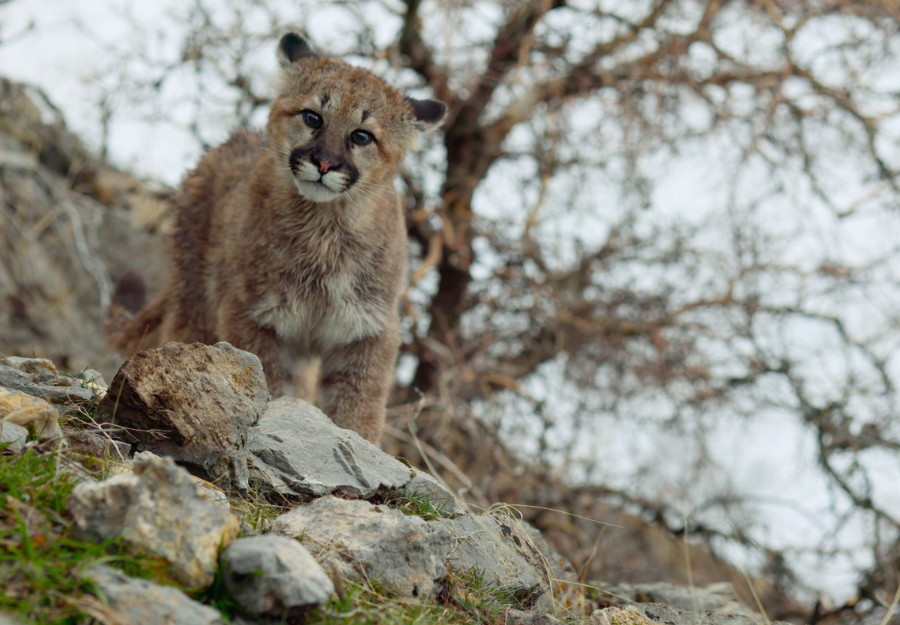


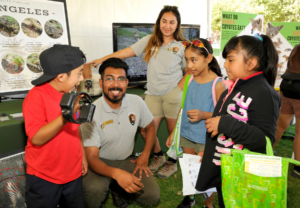 This is a very important annual event, not just to honor and remember the legendary P-22 (this was the first such event since his passing), but to rally support for the cats in California and everywhere, to establish and refresh contacts with other organizations working for this cause, to recruit new Mountain Lion Foundation volunteers, and to generate interest and support from kids. The event organizers did that last part very well.
This is a very important annual event, not just to honor and remember the legendary P-22 (this was the first such event since his passing), but to rally support for the cats in California and everywhere, to establish and refresh contacts with other organizations working for this cause, to recruit new Mountain Lion Foundation volunteers, and to generate interest and support from kids. The event organizers did that last part very well.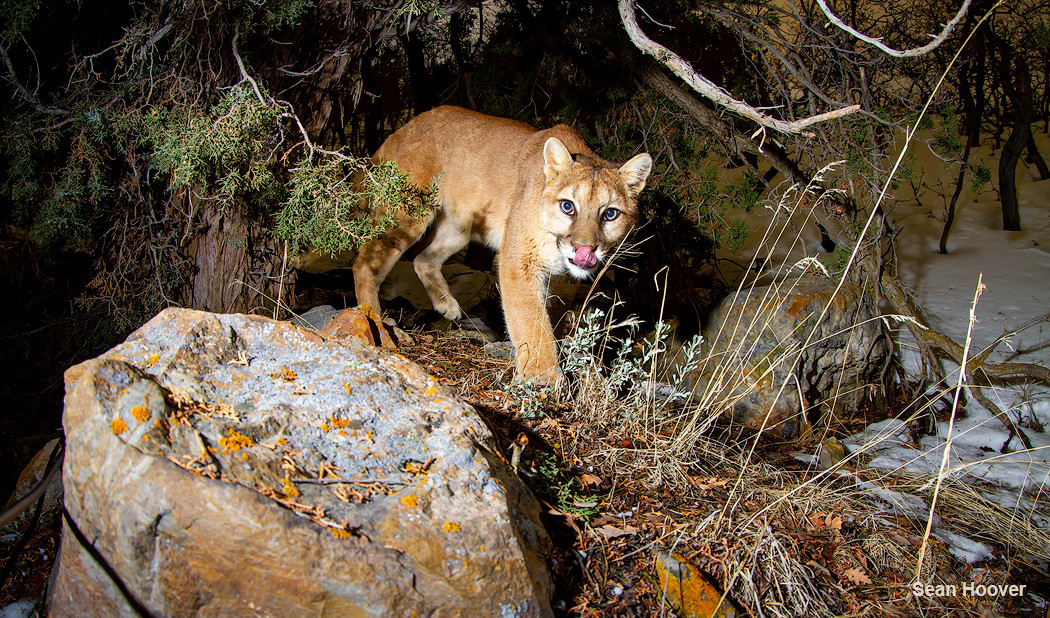
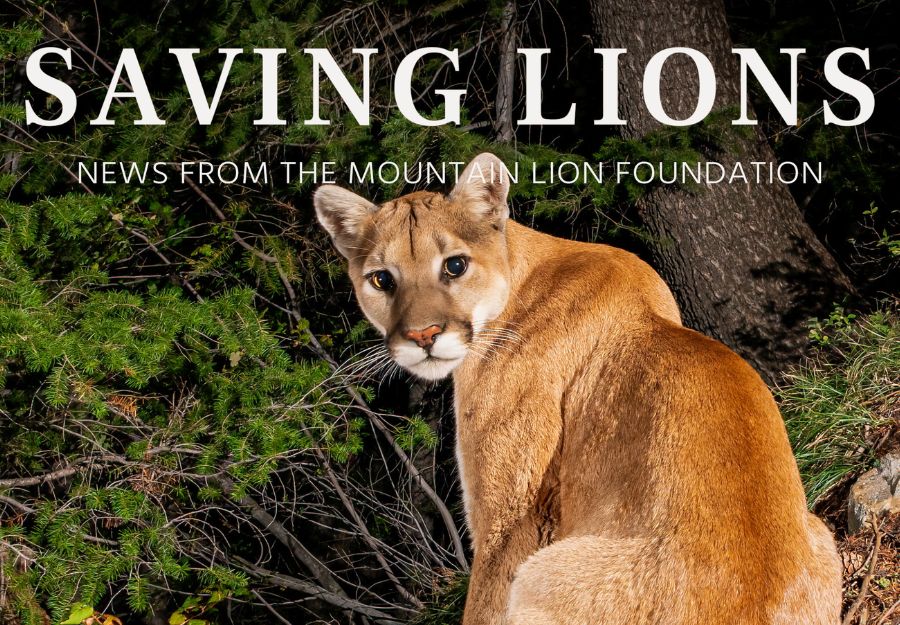
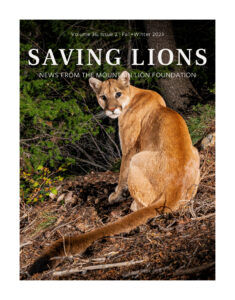
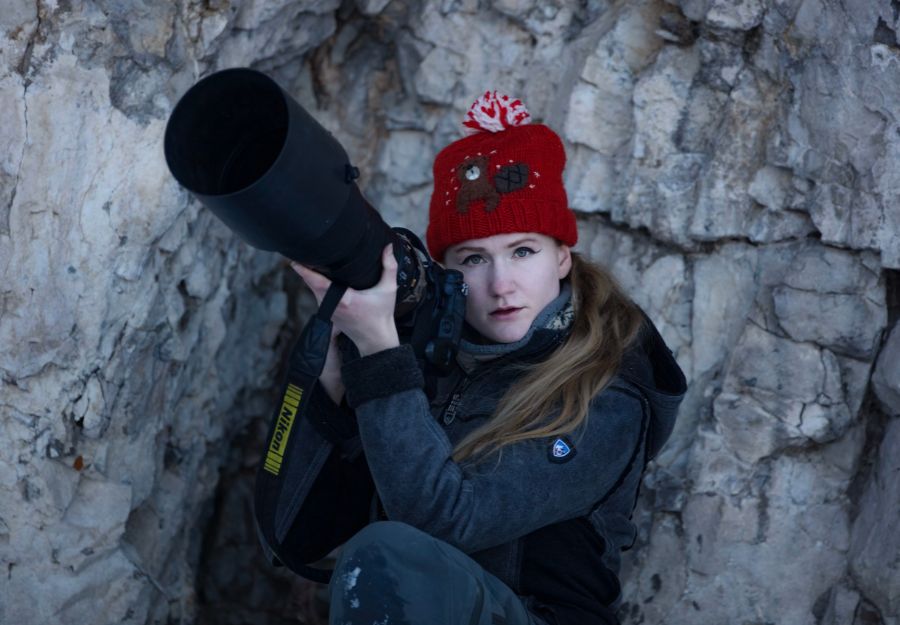

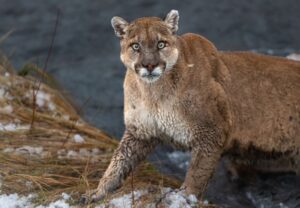
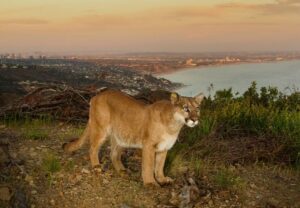
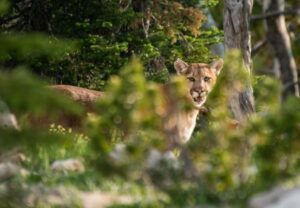
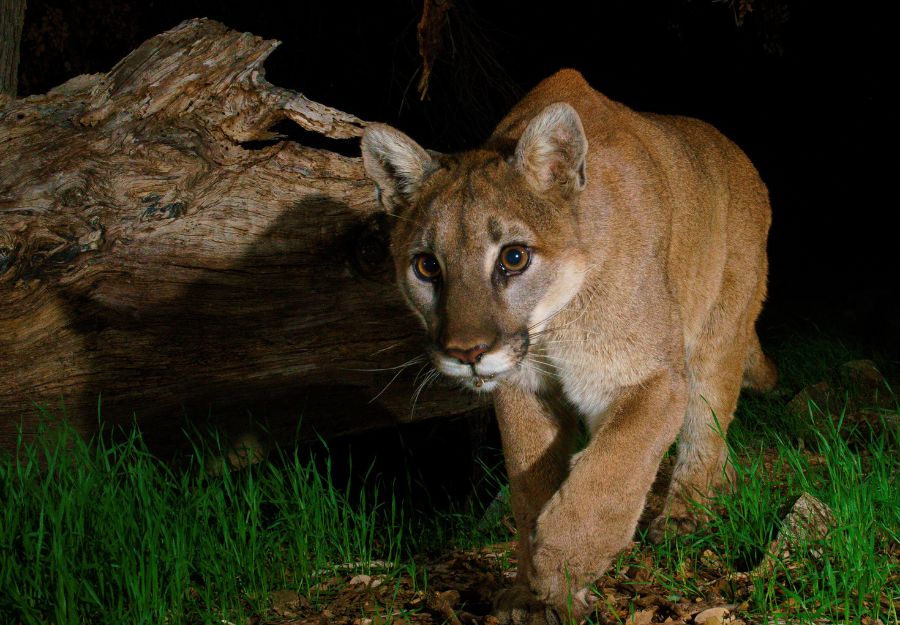
 Prosecutors in the U.S. Attorney’s Office say this photo shows Patrick Montgomery holding the mountain lion he killed on March 31. Montgomery had been released pending charges for his involvement in the Jan. 6 attack on the U.S. Capitol but because the hunt violated the terms of his release, he was placed on 24/7 house arrest. (Photo provided by the U.S. Attorney’s Office.)
Prosecutors in the U.S. Attorney’s Office say this photo shows Patrick Montgomery holding the mountain lion he killed on March 31. Montgomery had been released pending charges for his involvement in the Jan. 6 attack on the U.S. Capitol but because the hunt violated the terms of his release, he was placed on 24/7 house arrest. (Photo provided by the U.S. Attorney’s Office.)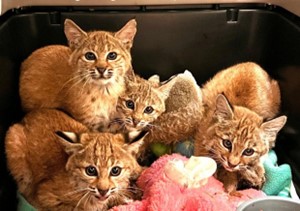
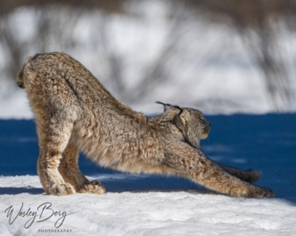

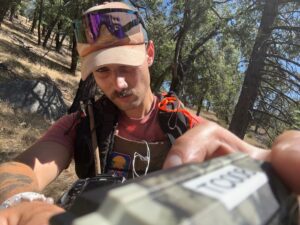 For the first steps into my project, I headed to Lake Hodges with one trail camera and a simple plan: I would leave the camera near signs of a lion and hope the big cat would return.
For the first steps into my project, I headed to Lake Hodges with one trail camera and a simple plan: I would leave the camera near signs of a lion and hope the big cat would return.


